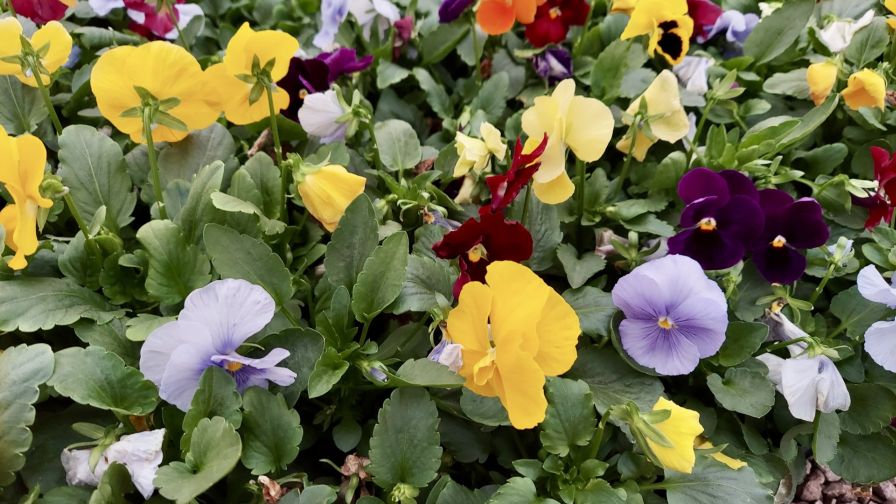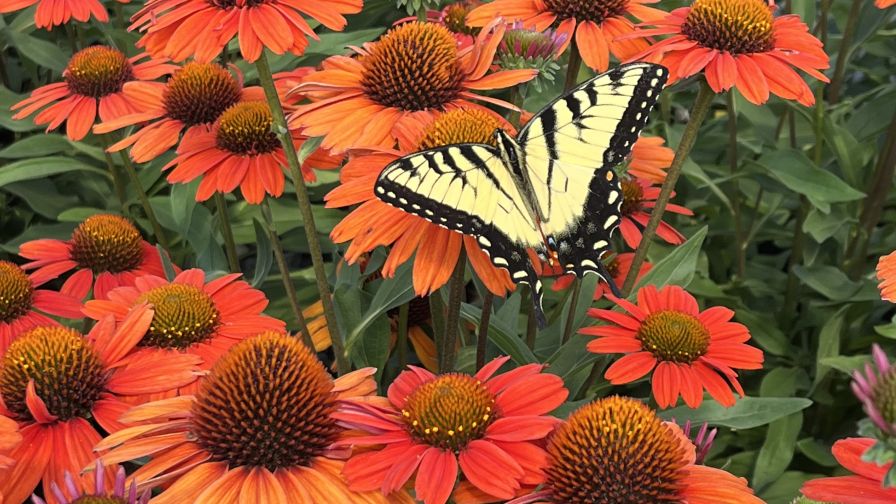Top 100 Growers Evolve Over 25 Years

We were thinking about the past quite a bit this month as we compiled the 2013 Top 100 Growers list — for a couple of reasons.
First, our Top 100 survey this year focused on advances in production. We wanted to get the perspective of the nation’s biggest growers on the most important developments over the last 30 years, both in the industry and in their own operations. You’ll see their opinions, as well as other facets of the current state of greenhouse production in this month’s cover story.
And second, this is the 25th time Greenhouse Grower has published a list of the Top Growers in the country. It was fun looking back at the original list, but drawing any direct-line comparisons to the greenhouse business today was difficult.
It’s striking how different today’s list is from the first one — The Top 50 Growers — back in 1987. A few of those greenhouse businesses are still around as part of other operations, but only five names from that initial ranking appear on the Top 100 List in 2013: Costa Farms, Kitayama Brothers, Green Circle Growers, Kurt Weiss Greenhouses and Delray Plants. Another, Gallup & Stribling Orchids just missed making the cut this year.
The list has changed in other ways too. The size of the operations on the Top 50 Growers list back in 1987 was in the same ballpark as growers on the list today. The crop mix they represented, however, was decidedly different.
In the early years, Greenhouse Grower counted shade production space in acreage totals, meaning there were a lot of foliage growers on that 1987 list. And I mean a lot. In all, 40 of the Top 50 reported growing foliage. Just seven of the Top Growers produced bedding plants and only one, Sunnyside Nurseries in California, reported growing bedding plants as its only crop.
In part, that’s obviously due to the type of production we were counting then. But it’s also a great illustration of how the focus of the industry has changed to serve both the market and the bottom-line needs of the greenhouse grower.
In putting a list like this together, it’s easy to get caught up in the data. Somebody’s added a half million square feet. Somebody else is down 300,000. The numbers can almost start to look like fantasy baseball stats and lose their meaning. But these numbers are real.
For the growers who have appeared on this list many times over the years, it’s a testament to their continued evolution. For those who are appearing for the first time, it speaks to the way they run their businesses.
Congratulations to this year’s Top 100 Growers. I’m already trying to figure out what this list is going to look like in 2038.









